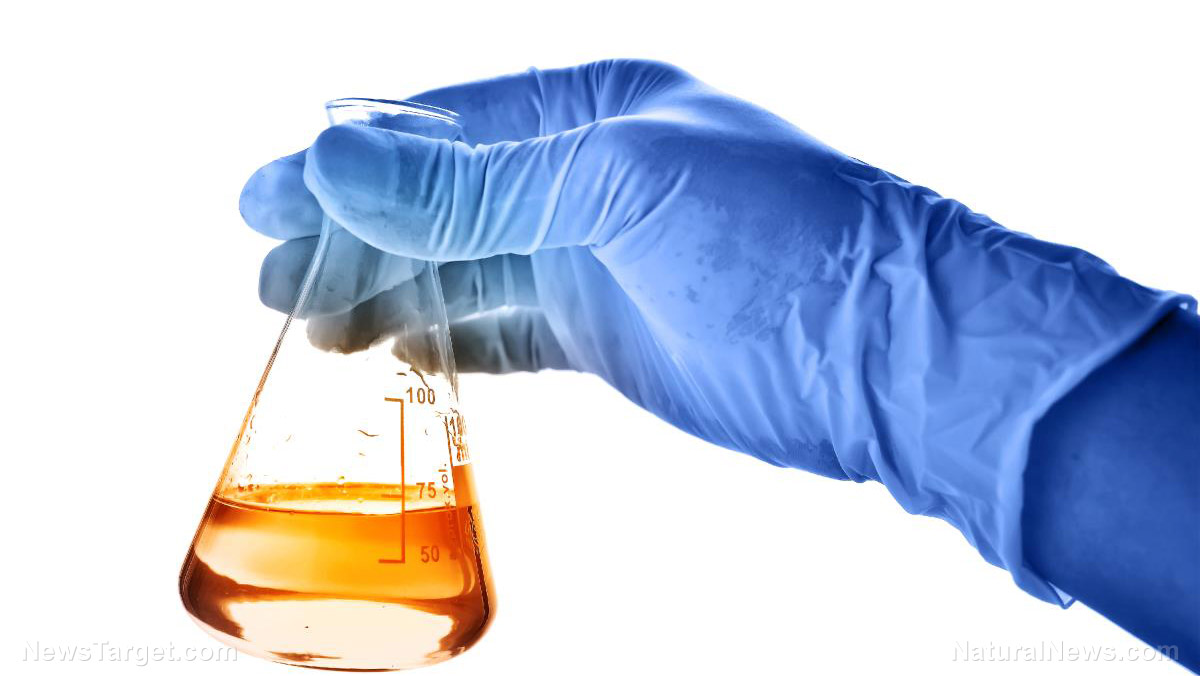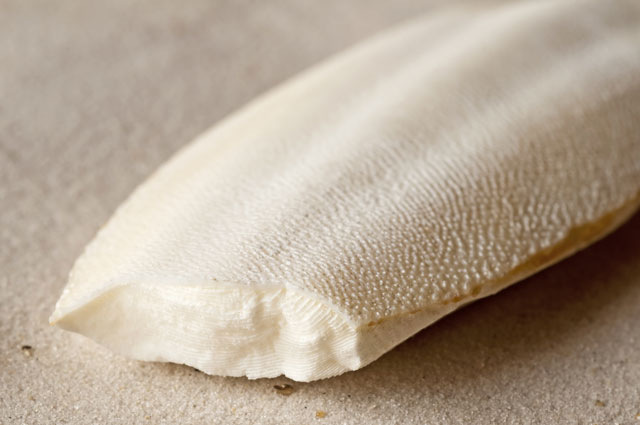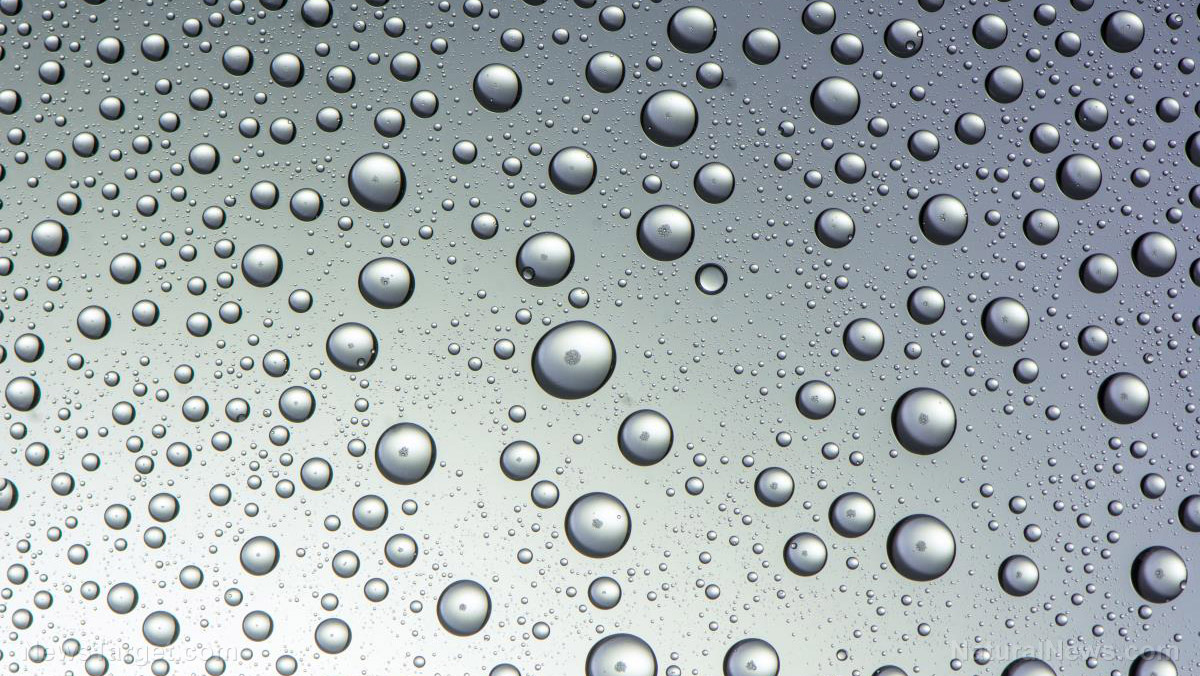Anthropologists discover how teeth reveal vitamin D levels: X-rays can now be used to check for deficiency
12/30/2017 / By Zoey Sky

We often take care of our oral health to make sure that our breath stays fresh, but did you know that dental X-rays can be used to determine vitamin D deficiencies (rickets)?
While this is a grave health concern that often goes undiagnosed, Lori D’Ortenzio and Megan Brickley, anthropologists from McMaster University, have revealed that it can be determined with a dental X-ray.
In an earlier study, D’Ortenzio, Brickley, et al. established that human teeth can present “a detailed and permanent record of serious Vitamin D deficiency.” With dental X-rays, experts can examine this record, which comes from microscopic deformities in dentin, one of the four major tissues that make up the bulk of teeth.
This data can be the key to fully grasping the exact moment when individuals were deprived of our primary source of vitamin D — sunlight. Researchers can even use this data to verify the vitamin D levels of people who lived more than a hundred years ago. Enamel preserves this record because it can prevent teeth from breaking down. The same can’t be said for bones, which can decay. (Related: Vitamin D: How to Determine Your Optimal Dose.)
However, there’s a catch: experts must cut open a tooth to interpret the patterns which reveal an individual’s “vitamin D record.” Since the source of post-mortem teeth available for study is finite, the scientists tried to devise a method of isolating teeth “for further study.”
Through dental X-rays, scientists can study the “readily observable” patterns of pulp horns or the dark shadow that can be seen in the middle of the image of a tooth. This “consistent, recognizable pattern” is helpful since experts can use it to look into archaeological teeth, and it can also help living individuals determine if they have a vitamin D deficiency.
D’Ortenzio, a Ph.D. candidate in anthropology and the lead author of the paper, says that their discovery came about while they were looking for “a non-destructive method” that can leave their limited specimens intact while also revealing the presence of a deficiency. In a healthy individual, pulp shape mirrors “an arch topped by two cat ears.” In people with a severe vitamin D deficiency, pulp shape “is asymmetrical and constricted, and typically looks like the profile of a hard-backed chair.”
In an earlier study, D’Ortenzio and Brickley stumbled upon this “recognizable pattern.” After analyzing both historic and current teeth, they confirmed that “X-ray images are consistent and reliable indicators of prior deficiency.”
Brickley, a Professor of Anthropology who holds the Canada Research Chair in the Bioarchaeology of Human Disease, concludes that this discovery is a significant one since “it has the potential to contribute to modern health care as well.”
Vitamin D deficiencies have grave consequences, especially regarding bone health, and this reliable way of identifying the presence of the disorder can thwart further damage to one’s health. Once a regular dental X-ray isolates a problem, some blood tests can determine “an ongoing deficiency.”
The researchers shared that this data can make it easier to determine whether children with growing bones have vitamin D deficiencies or not. Detecting this health concern early on can help patients stave off serious “future problems with Vitamin-D related bone deficiency.” With this knowledge, it will be easier to figure out the best way to protect ourselves from harmful UV rays while also ensuring that we get enough sunlight ” to maintain a healthy level” of vitamin D.
Natural sources of vitamin D
Make sure you’re getting enough vitamin D by incorporating more of the following foods in your diet:
- Oysters – Oysters are low in calories and full of nutrients.
- Shrimp – Unlike other seafood sources of vitamin D, shrimp is very low in fat.
- Egg yolks – The bulk of the protein in an egg is in the egg white, but the fat, vitamins, and minerals are found mostly in the egg yolk.
Read more articles about dental health and natural cures at Dentistry.news.
Sources include:
Tagged Under: Anthropology, Archaeology, Bones, dental health, dental x-rays, discoveries, future tech, oral health, paleontology, rickets, vitamin D, vitamin D deficiency, weird science



















